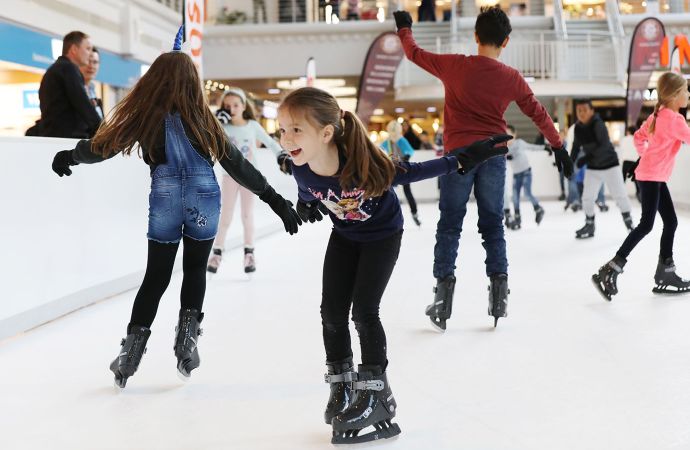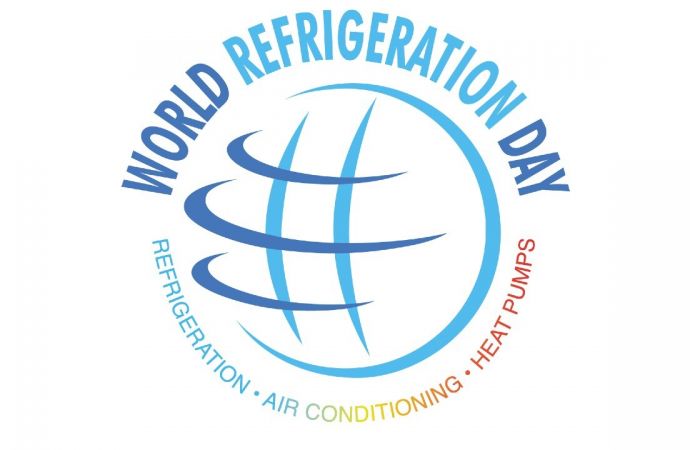Synthetic polymers create authentic skating experiences without water and refrigeration.

Since the 1960s, synthetic ice made from plastic polymers has been available. But the battle to recreate the glide properties of real ice – and an authentic skating experience – has been an uphill one, preventing widespread adoption despite the energy- and water-saving advantages.
Now, however, the development of new high-den- sity polymers has created materials that come very close. One of these, Glice Eco-Ice, has a glide effect only 2% slower than real ice, according to manufacturer Glice’s website.
“Glice looks like ice, glides like ice, but isn’t ice,” said Co-Founder and CEO Viktor Meier.
Glice, headquartered in Switzerland, was founded in 2012 with a mission to provide sustainable ice sports, and has sold more than 1,000 rinks worldwide since then. Glice Eco-Ice rinks can now be found in more than 80 countries around the world.
Glice was present with an ice rink at the Swiss pavilion during the 2016 Summer Olympic Games in Rio, Brazil, and in 2019 the company replaced the world’s largest refrigerated outdoor skating rink in Mexico City with a 4000m2 (43,000ft2) Eco-Ice rink.
The upside to this technology is that it is delivered in large panels, needing only assembly – and no refrigeration or water – to function. Normal skates can be used, and a 200m2 (2,153ft2) Glice Eco-Ice rink can save 10,000ltr (2,642gal) of water and the average energy consumption of 200 households per month, Glice said.
On top of this, Glice’s Eco-Ice material is high-density and hard wearing, and the company offers a six- or 12-year warranty, depending on the thickness of the panels chosen.
Older synthetic ice materials required a lubricant like silicone to work, but in Eco-Ice the lubricant is contained in the material, and is released when the skate blades cut open the molecules. This lack of added lubricant also makes for easier maintenance, the company said. Depending on whether the rink is indoor or outdoor as well as the level of use, regular main- tenance consists of daily to weekly vacuum cleaning and scrubbing, and a pressure wash once every month to every year.
Glice is not the only company marketing synthetic ice materials for skating rinks. Other companies include U.S.-based PolyGlide Ice and Xtraice, headquartered in Spain.This article originally appeared in the March issue of Accelerate Magazine.
Related stories



